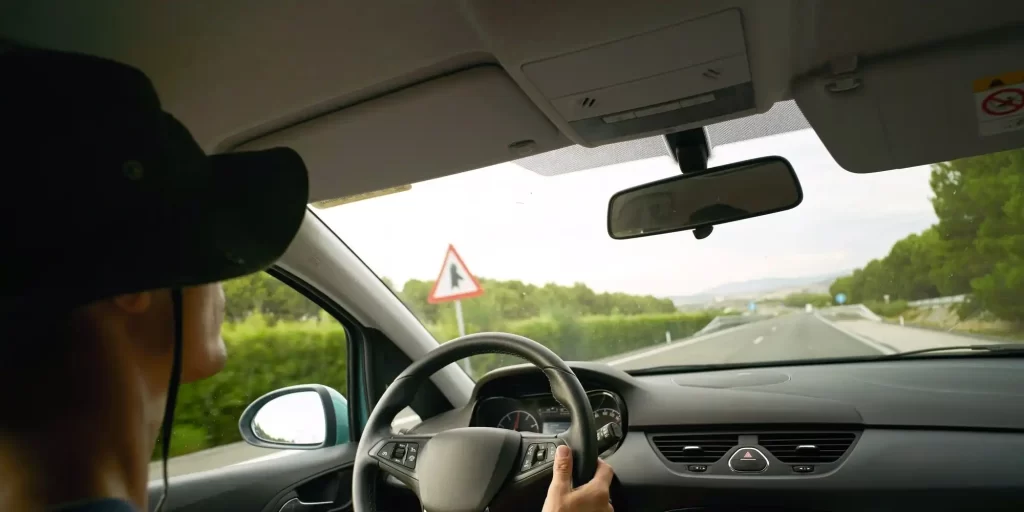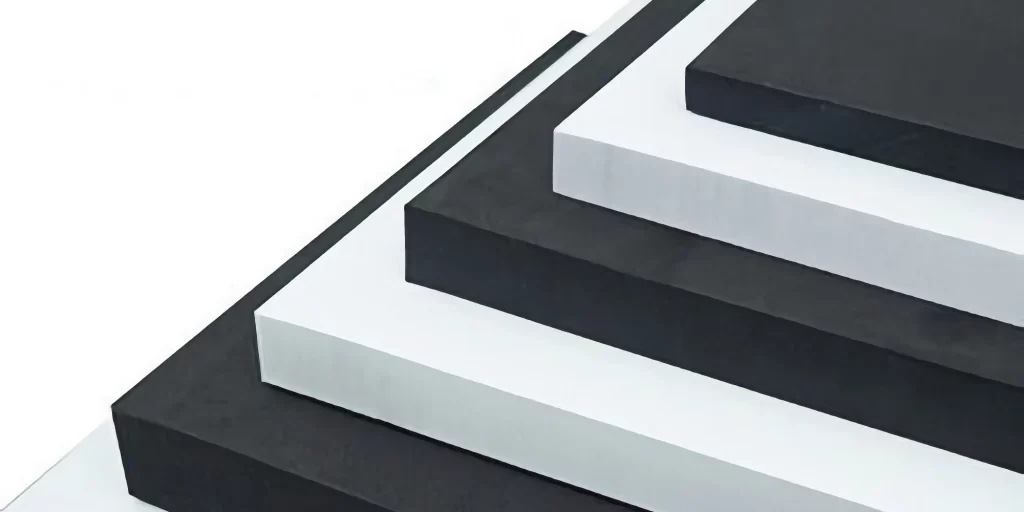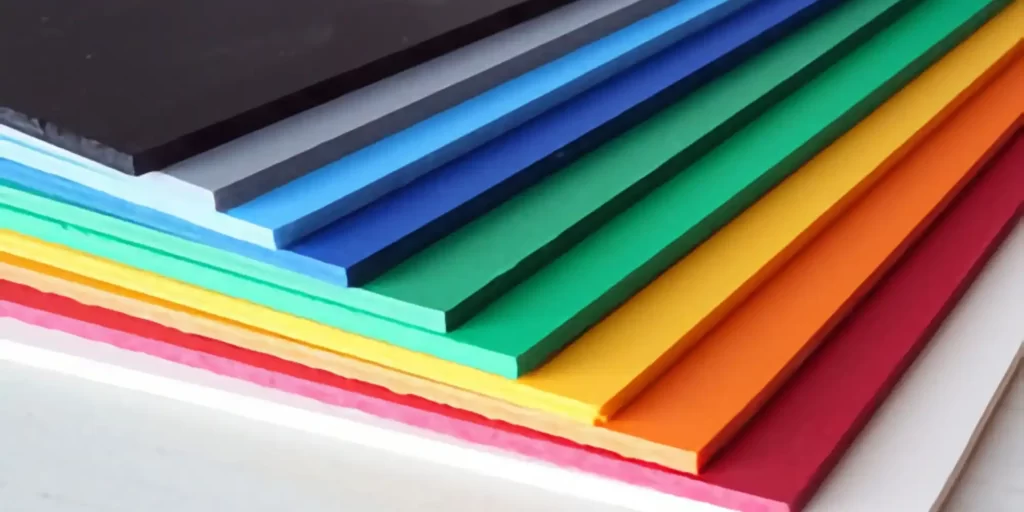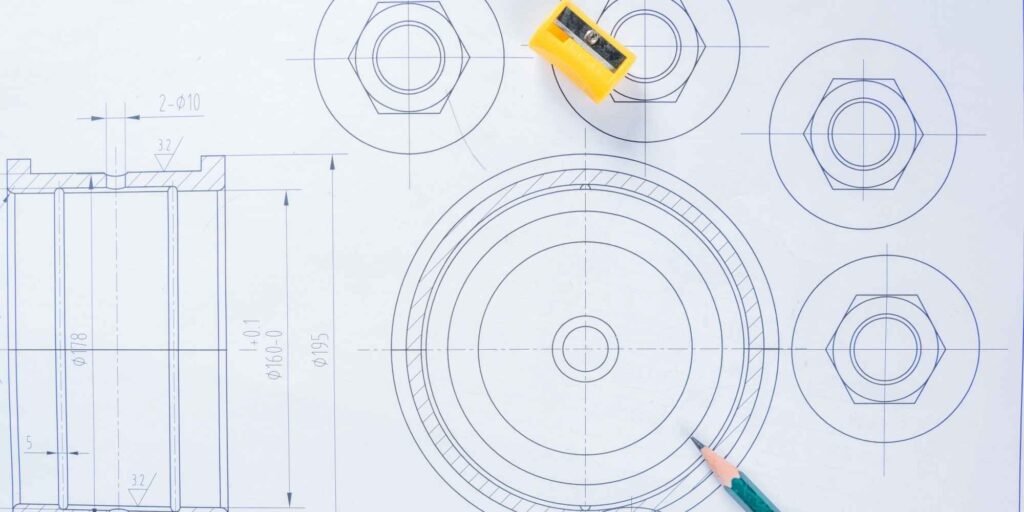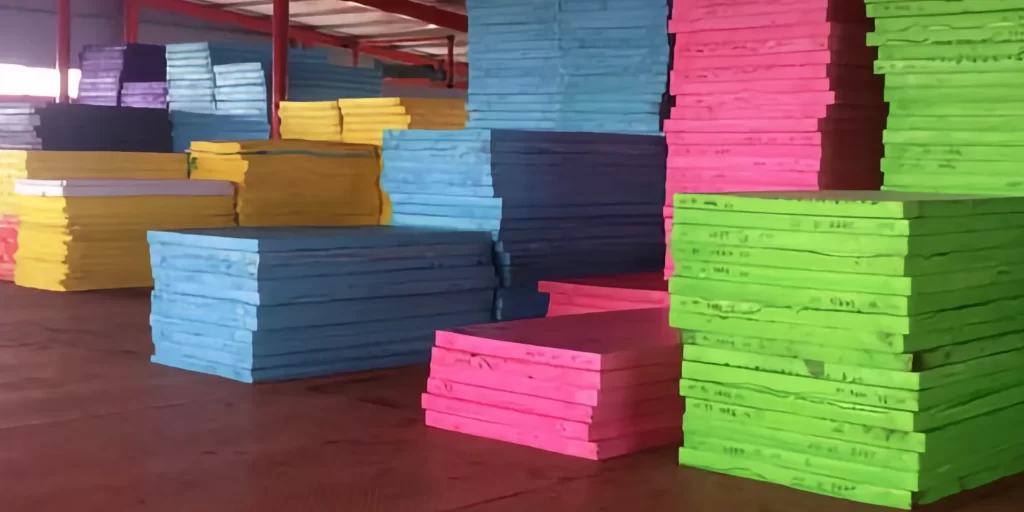The automotive industry is constantly evolving, with manufacturers seeking innovative materials to enhance the functionality and aesthetics of vehicles. One such material that has gained significant traction in recent years is EVA foam, especially in the production of car sun visors. This article delves into the world of EVA foam sun visors, exploring their benefits, manufacturing process, and reasons behind their growing popularity.
Introduction
Sun visors play a crucial role in enhancing driving comfort by shielding drivers and passengers from the glaring sun. Traditionally made from hard plastics or fabrics, sun visors have now found a new ally in EVA foam, known for its lightweight, durable, and versatile properties.
Why EVA Foam for Car Sun Visors?
EVA, or Ethylene-Vinyl Acetate, is a closed-cell foam that offers several advantages for sun visor applications:
- Comfort: EVA foam is soft to the touch, ensuring that the sun visor feels comfortable against the forehead.
- Durability: Resistant to UV rays, moisture, and temperature fluctuations, EVA foam ensures the sun visor remains in pristine condition for years.
- Lightweight: EVA foam is incredibly light, ensuring that the sun visor doesn’t add unnecessary weight to the vehicle or sag over time.
- Customizability: EVA foam can be molded into various shapes and sizes, allowing for sun visors tailored to different car models.
Benefits of EVA Foam Sun Visors
- UV Protection: EVA foam offers excellent UV protection, shielding the eyes from harmful rays.
- Aesthetics: With a smooth finish and the ability to take on various colors, EVA foam sun visors enhance the car’s interior aesthetics.
- Easy Maintenance: EVA foam is easy to clean, ensuring that the sun visor remains spotless even after prolonged use.
- Cost-Effective: EVA foam is an economical material, allowing manufacturers to produce high-quality sun visors at competitive prices.
Manufacturing Process
Creating an EVA foam sun visor involves several steps:
- Design Phase: Using CAD tools, designers draft a model of the sun visor, ensuring it fits the car’s specifications.
- Molding: EVA foam pellets are heated and injected into molds to create the sun visor’s shape.
- Finishing: Once molded, the sun visor undergoes finishing processes, including trimming, coloring, and quality checks.
- Packaging: The finished sun visors are then packaged and shipped to car manufacturers or aftermarket suppliers.
The Future of EVA Foam in Car Sun Visors
The automotive industry’s shift towards sustainable and efficient materials makes EVA foam a frontrunner for future sun visor applications. As car interiors become more luxurious and drivers seek enhanced comfort, the demand for EVA foam sun visors is set to rise.
FAQ
- How do EVA foam sun visors compare to traditional materials?
- EVA foam offers superior comfort, durability, and UV protection compared to traditional sun visor materials.
- Can I replace my car’s existing sun visor with an EVA foam one?
- Yes, many aftermarket suppliers offer EVA foam sun visors tailored to fit various car models.
- Are EVA foam sun visors recyclable?
- Yes, EVA foam is recyclable, making it an eco-friendly choice for car interiors.
- How do I clean my EVA foam sun visor?
- Simply wipe it down with a damp cloth. For stubborn stains, mild soap can be used.
